Fix: 0x0000001C: PFN_REFERENCE_COUNT Blue Screen error in Windows
The PFN_REFERENCE_COUNT (0x0000001C) blue screen typically appears during normal system use or shortly after booting, causing the PC to crash and restart without warning.
This error means the Page Frame Number (PFN) list has a corrupted reference count, often due to overflows or memory object mishandling.

The most common cause is outdated or faulty network drivers, though hardware faults, corrupted memory, or driver conflicts may also trigger it.
Here are some detailed reasons for this error:
- Incompatible Network Drivers: This error often appears when network drivers are not working properly. If these drivers are corrupted or not compatible with your version of Windows, your system may restart repeatedly and show this blue screen error. Try updating or rolling back your network drivers to resolve the issue.
- Incompatible BIOS Version: Problems in the BIOS often happen if a BIOS update fails or is interrupted by power loss. If the BIOS is outdated or doesn’t match your CPU, your computer may not boot correctly and a blue screen error can occur. Try updating your BIOS to match your hardware and resolve the error.
- Malware Attacks: Viruses and malware can damage system files, remove important data, and cause your computer to malfunction. This can make your system crash or stop unexpectedly. In this case, scan your computer for malware, remove any threats found, and then check if the problem remains.
- Outdated Windows: Using an outdated or unsupported version of Windows makes your system more vulnerable to security risks and attacks, and prevents it from receiving important updates. This could also restrict your access to new features. Keeping Windows updated is important to prevent these issues and fix errors like this one.
- Corrupted System Files: Broken or missing system files can also cause this error. This can happen due to malware, bugs, or problems during installation. Performing an SFC scan (System File Checker) can help you detect and repair these files.
- Hardware Issues: Hardware problems such as overheating, incompatible components, bad memory, or power surges can make your computer restart and display blue screen errors. In these cases, it’s best to consult a hardware expert and replace any faulty components.
1. Roll Back and Update Network Drivers
Error 0x0000001C is often linked to network driver issues. You should try rolling back or updating your network drivers to see if that fixes the problem.
- Open the Start Menu and search for Device Manager.
- Expand Network Adapters in Device Manager, then right-click on your wireless adapter.
- Select Properties. In the window that opens, go to the Driver tab.
- Look for the Roll Back Driver option. If it’s greyed out, it means there haven’t been any recent driver updates.
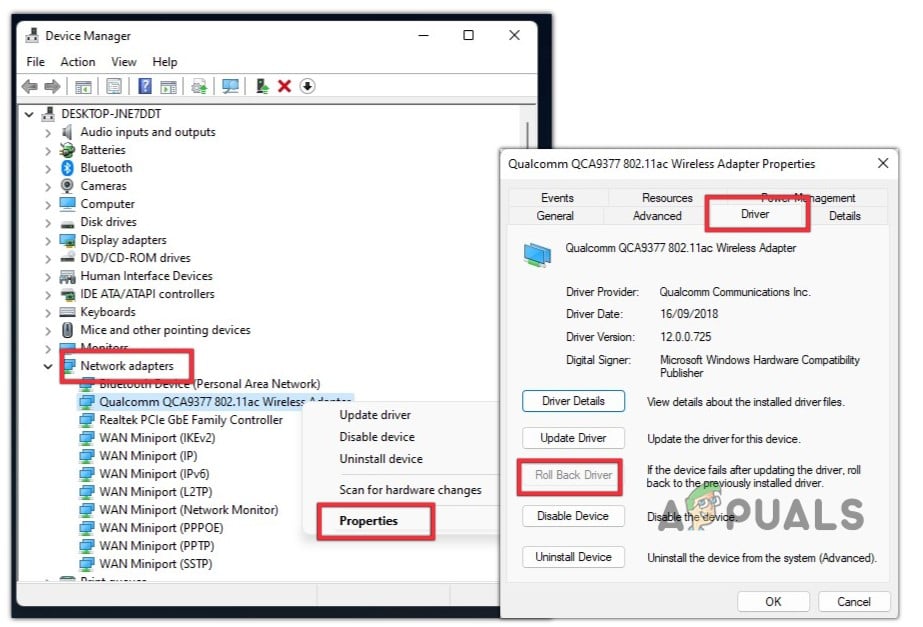
Rollback Your Network Drivers - If the rollback option is unavailable, go back to the list of drivers, right-click your wireless adapter again.
- Click Update Driver. Then select Search automatically for drivers.
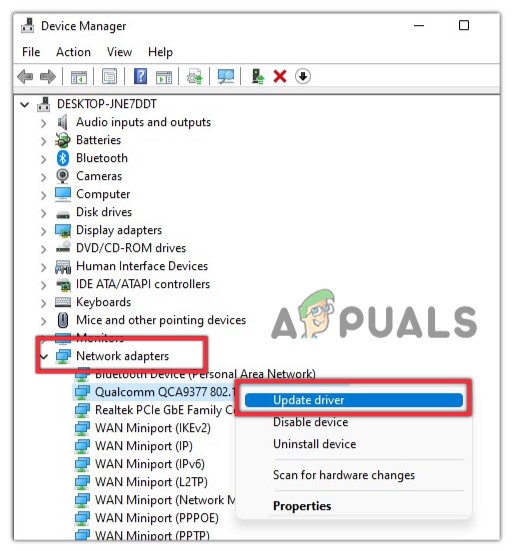
Update the Network Adapters - Click on “Search for updated drivers on Windows Update.” If updates are found, install them and check if the error is fixed.
2. Scan System for Malware
Malware can damage system files and cause critical errors like this blue screen. Scanning for threats can help you remove problems and restore system stability.
- Click the arrow icon on the right-hand side of your taskbar.
- Right-click the Windows Security icon and select Virus & Threat Protection.
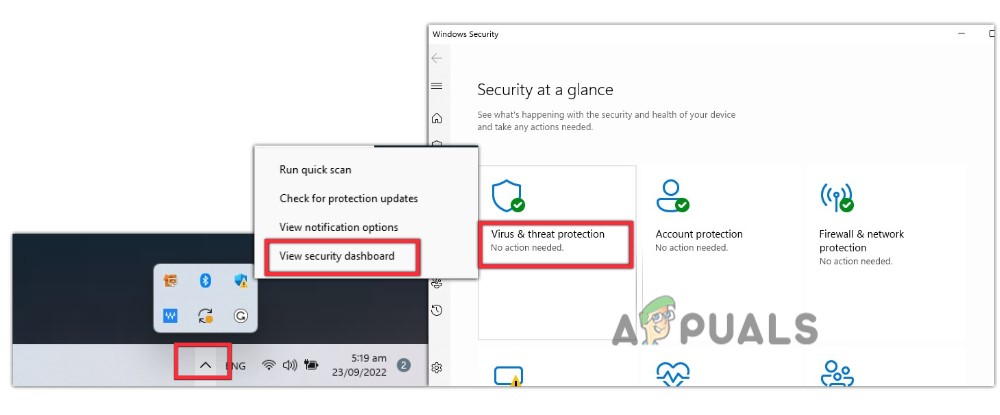
Open Windows Security Dashboard - Click Quick Scan. Windows will check for any threats on your system. If anything is found, remove the threats and restart your computer.
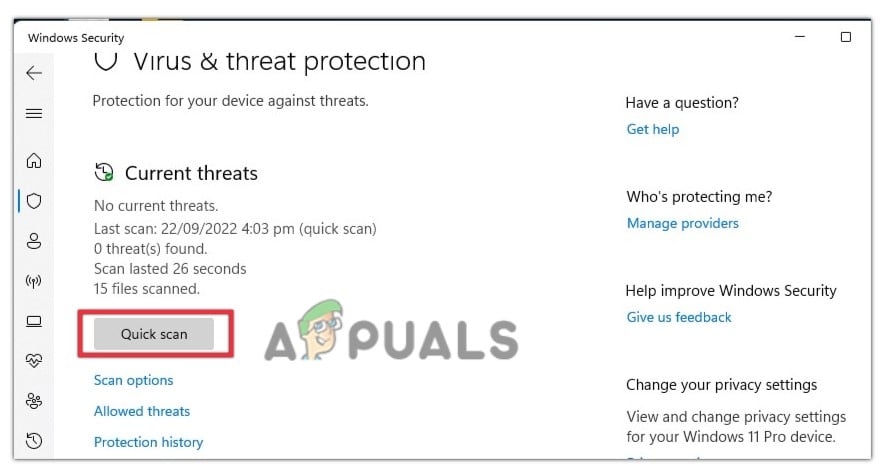
Quick Scan For Malware
3. Check for Windows Updates
Running an outdated version of Windows can cause compatibility issues and errors. Check for available updates and install them to keep your system stable.
- Press Windows key + I to open Settings.
- Click on Windows Update from the left menu.
- If updates are available, download and install them.
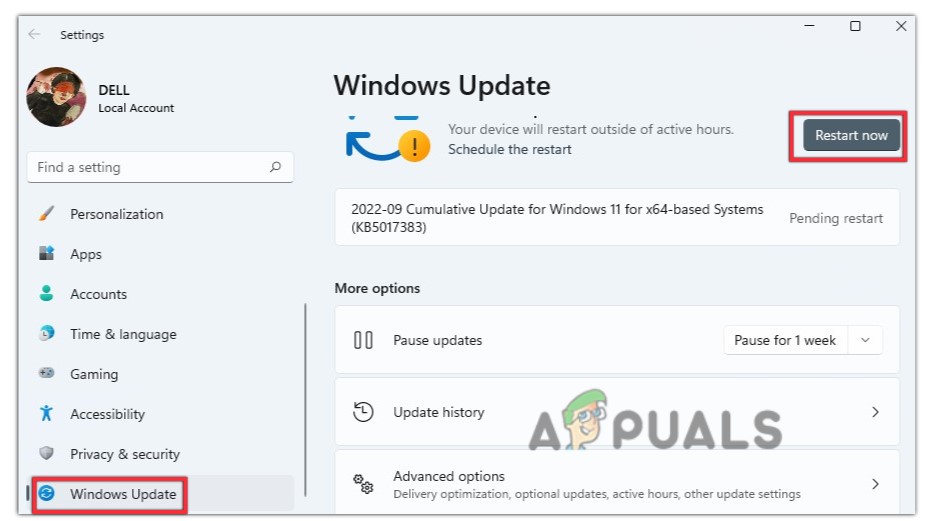
Check for Windows Update
4. Run SFC Scan
Corrupted or missing system files can lead to blue screen errors. You can scan and repair these files using the SFC (System File Checker) tool.
- Open the Start Menu and search for CMD (Command Prompt).
- Right-click on Command Prompt and choose Run as administrator.
- Type the following command:
SFC /Scannow
- Press Enter. Wait for the scan to finish as Windows checks and fixes any system file corruption.
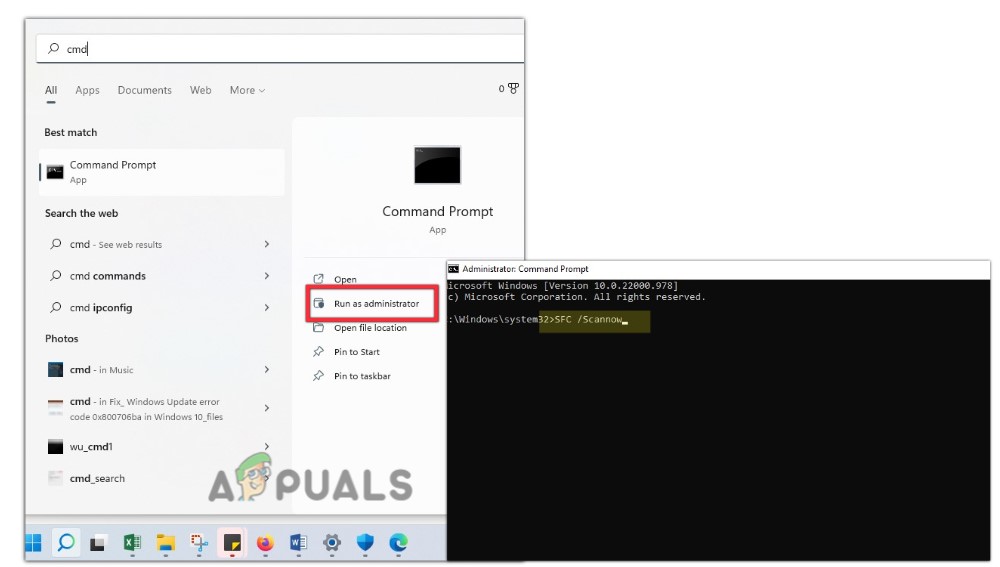
Run SFC Scanning - Once the process is finished, type exit and press Enter. Restart your computer and check if the error is gone.
5. Perform a Windows Restore
If none of the previous methods have worked, restoring your system to an earlier state can fix the problem. This will take your computer back to a point when the error did not occur.
- Press Windows key + R to open the Run dialog box.
- Type rstrui and press Enter to open the System Restore tool.
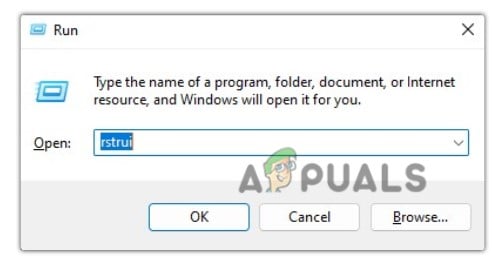
Search for Windows Restore - Select “Choose a different restore point” and click Next.
- Select a restore point before the error began, and click Scan for affected programs. If the error didn’t occur on that date, select that restore point and click Next.
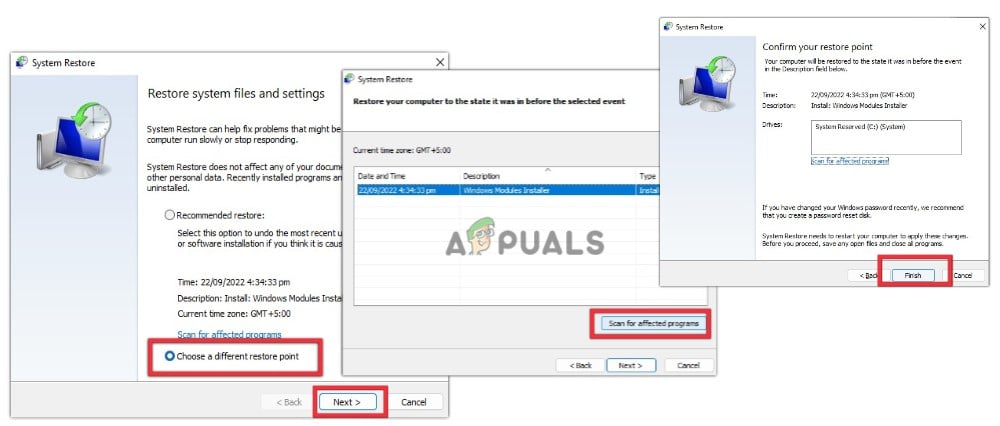
Restore Your Windows OS - Click Finish and let your computer restart.
6. Remove External Hardware
Sometimes, external devices like USB drives, docks, or hard drives connected to your computer can cause blue screen errors if they are faulty or contain viruses. If the steps above do not resolve the problem, unplug all external devices and restart your system. If the error no longer appears, the device might be the cause — consider replacing it with a new or reliable one.





